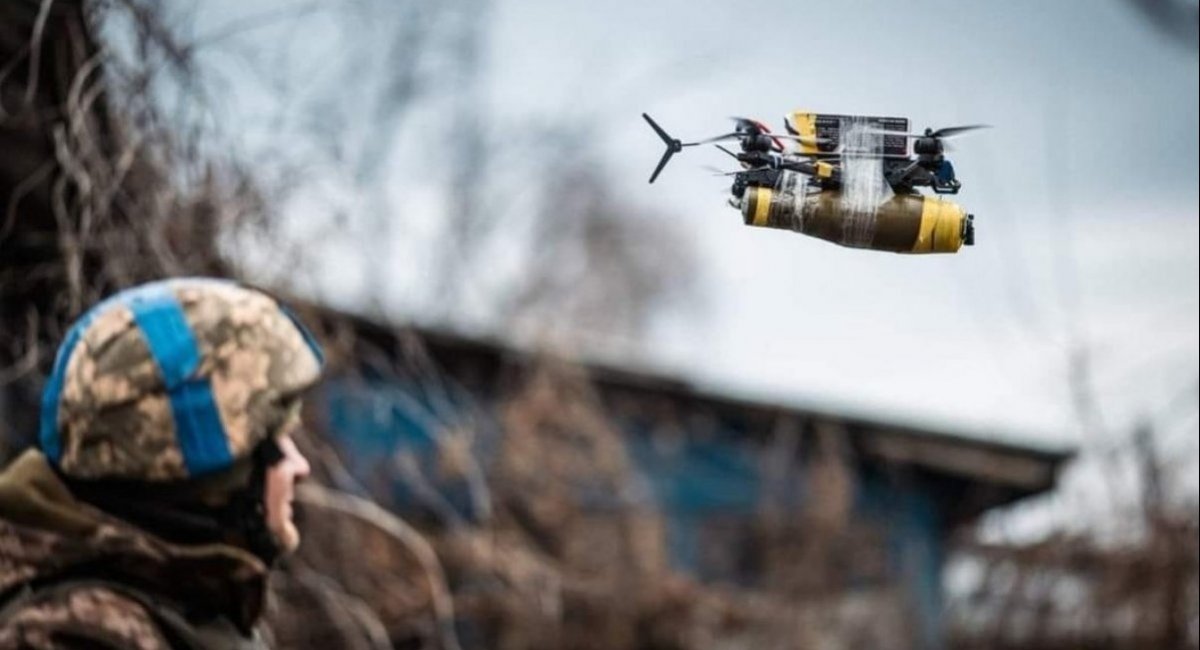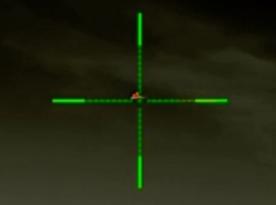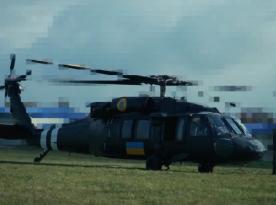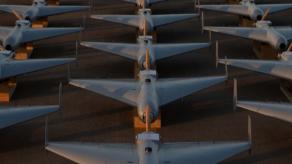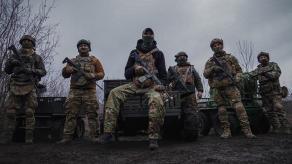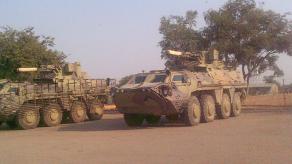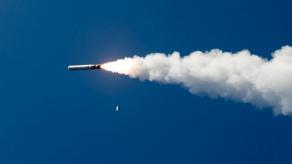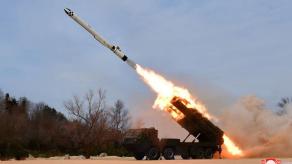Researchers from Tochnyi.info, a project focusing on analyzing data on the russian invasion of Ukraine, has published an article featuring statistics of FPV drone usage by both Ukrainian and russian militaries from August 2023 till January 23rd, 2024.
The analysis is based on open source intelligence gathered by a user nicknamed @AndrewPerpetua and confirmed, including the identification of exact locations where each FPV strike occurred. Similarly to an earlier analysis by GeoConfirmed, this research does not reflect the situation comprehensively but it does give the insight necessary to pinpoint the trends and make certain conclusions.
Read more: Ukraine's First Contact Company is Developing A.I.-Powered Aerial Attack Drones
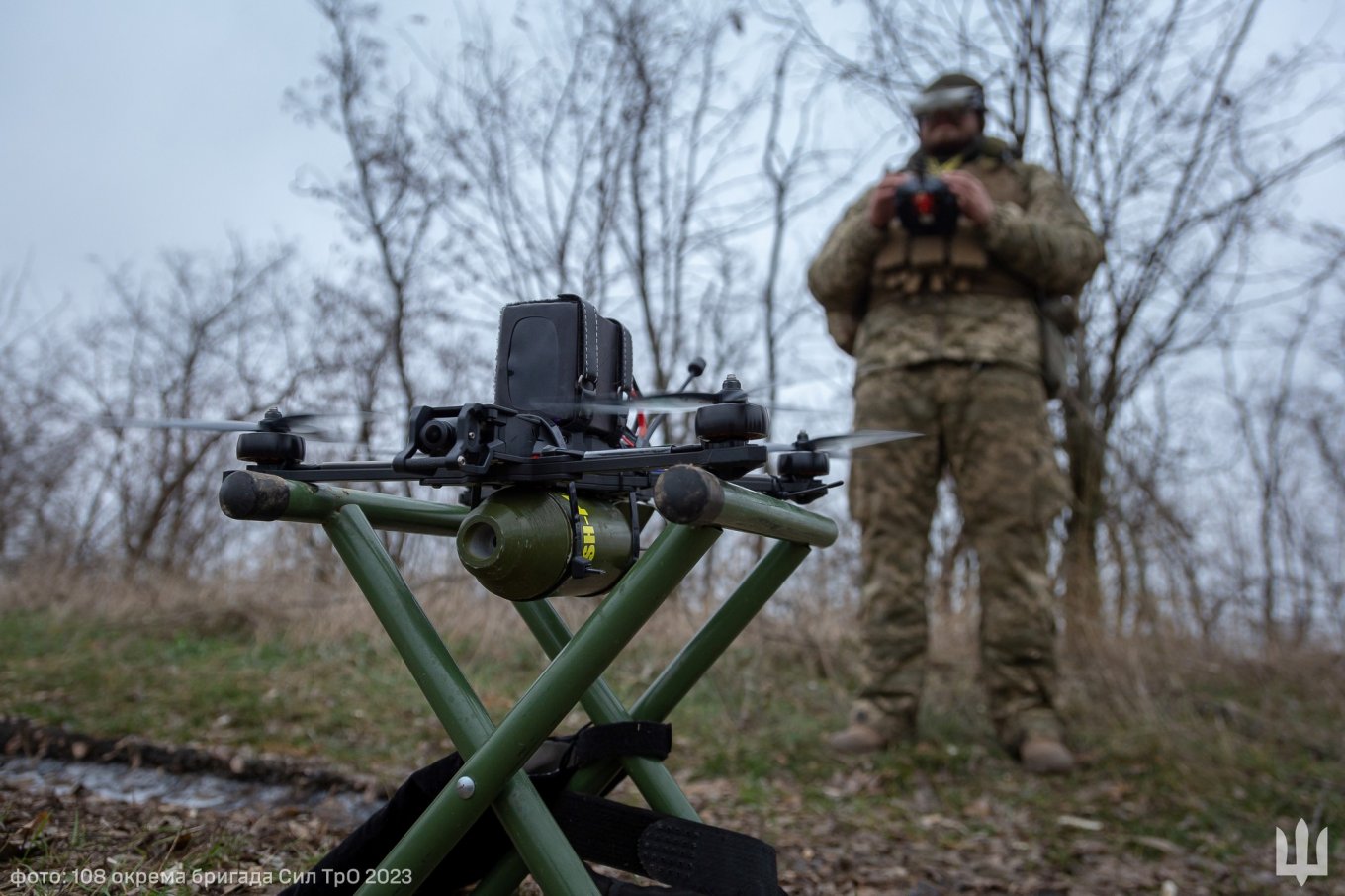
The authors of the project divided all recorded instances into three categories: FPV strikes on infantry, on defensive positions, and on vehicles, respectively.
To date, Ukraine maintains an advantage in terms of strikes on vehicles, outnumbering the russians by more than three times: 2,057 recorded FPV strikes launched by Ukrainian forces vs. 632 on the russian side.
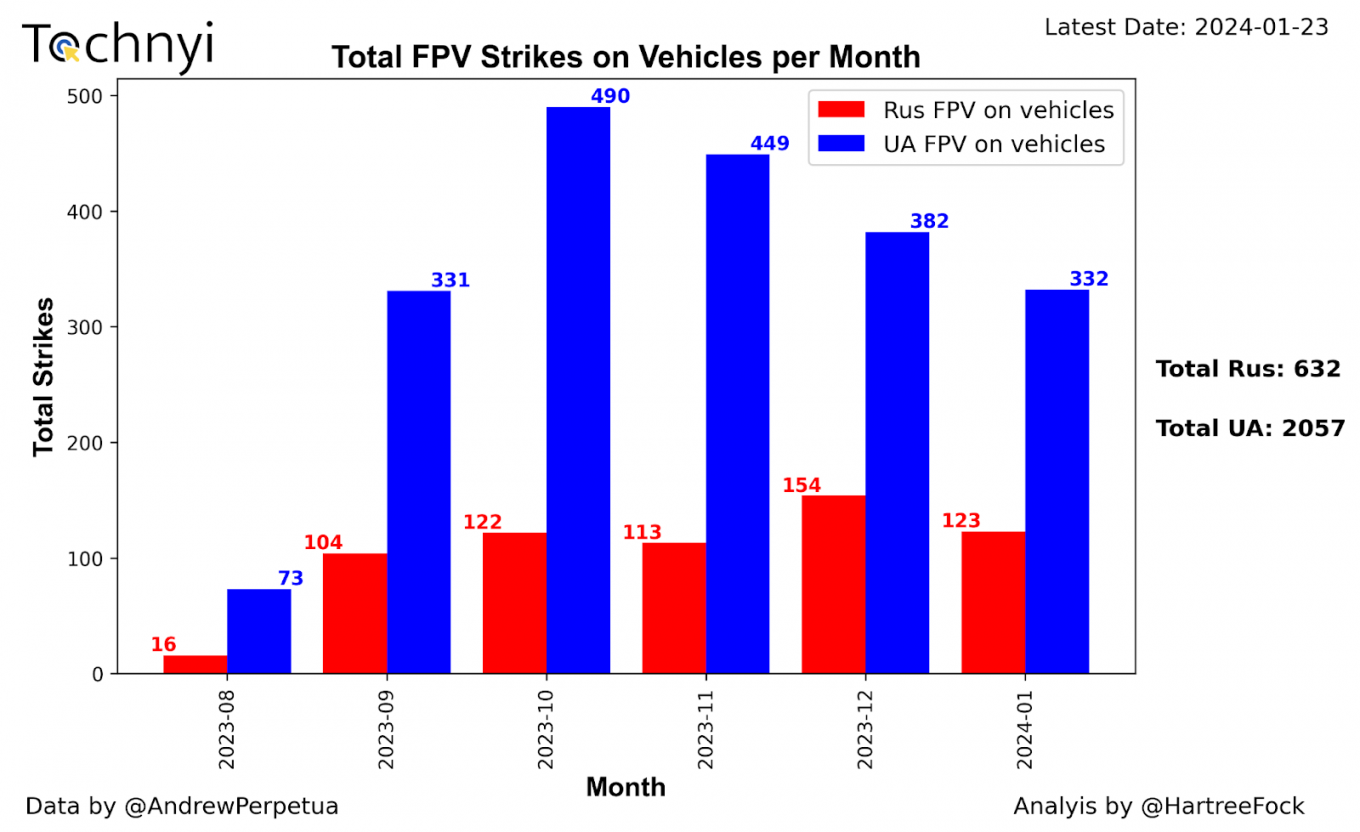
As we can see in the graph above, the russian figures fluctuated between 104–154 in September–January, whereas the statistics on Ukrainian forces show a sharp increase from 331 strikes in September to 490 in October and then a gradual drop, however, still leaving the russians far behind.
On a note from Defense Express, this decrease might be attributed to not so much a shortage of drones in the army, as also to a partial redistribution of available resources. As we can see, Ukraine slightly prevails in the number of total FPV strikes on enemy infantry (1,779 vs. 1,752) but right now russians are starting to outrun Ukrainians with 655 vs. 533 strikes recorded in January.
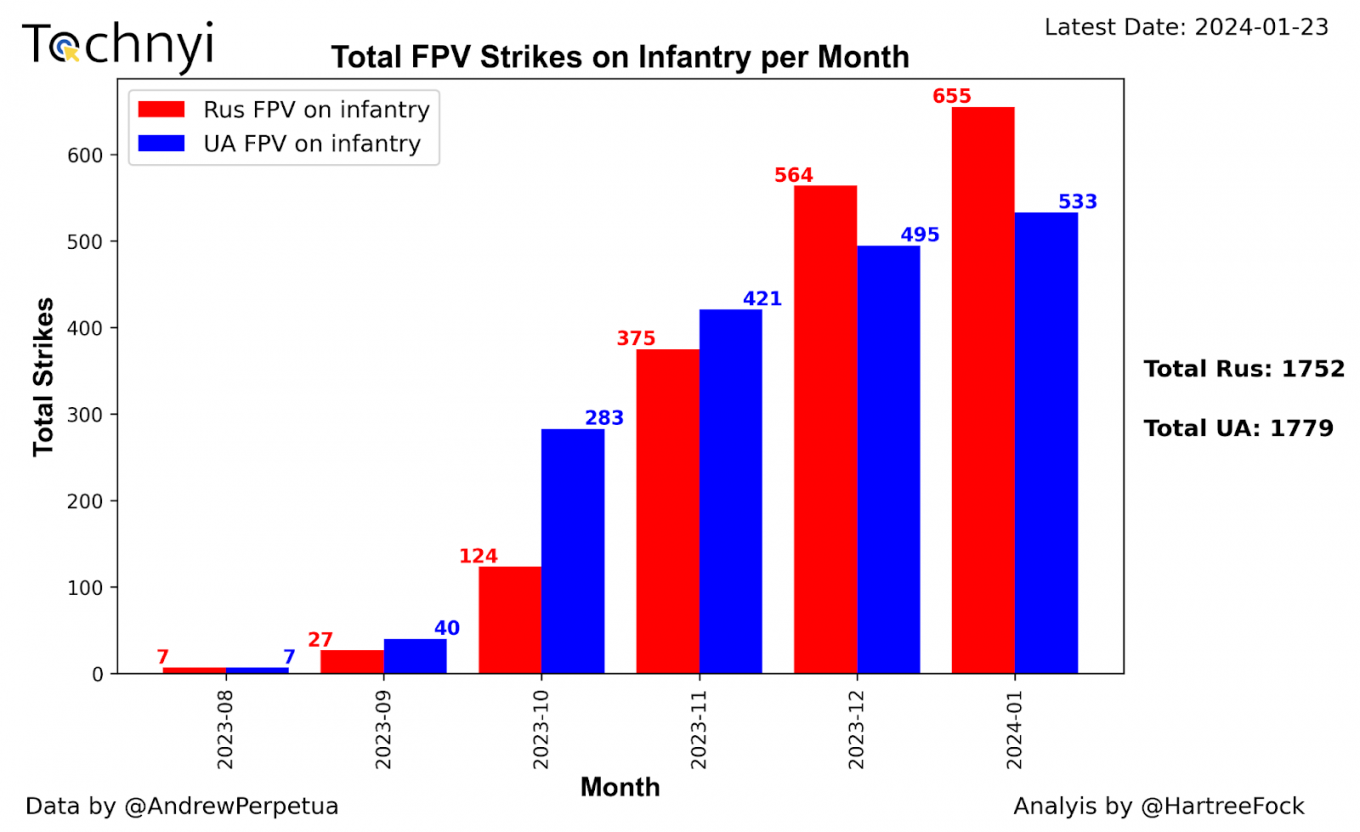
Important to note the speed of growth in numbers, indicating the russian effort to scale up the usage of drones. The number of strikes on infantry went up by 300% in November and spiked again by 150% in December. Ukraine's indexes meanwhile are growing, too, although not so steeply.
At the same time, there's a clear difference in the number of strikes against defensive positions, the russian army being almost 10 times ahead. This could be partially explained by Ukrainians strategically prioritizing to undermine the russian offensive by targeting their combat and particularly transport vehicles that provide logistical support for russian operations.
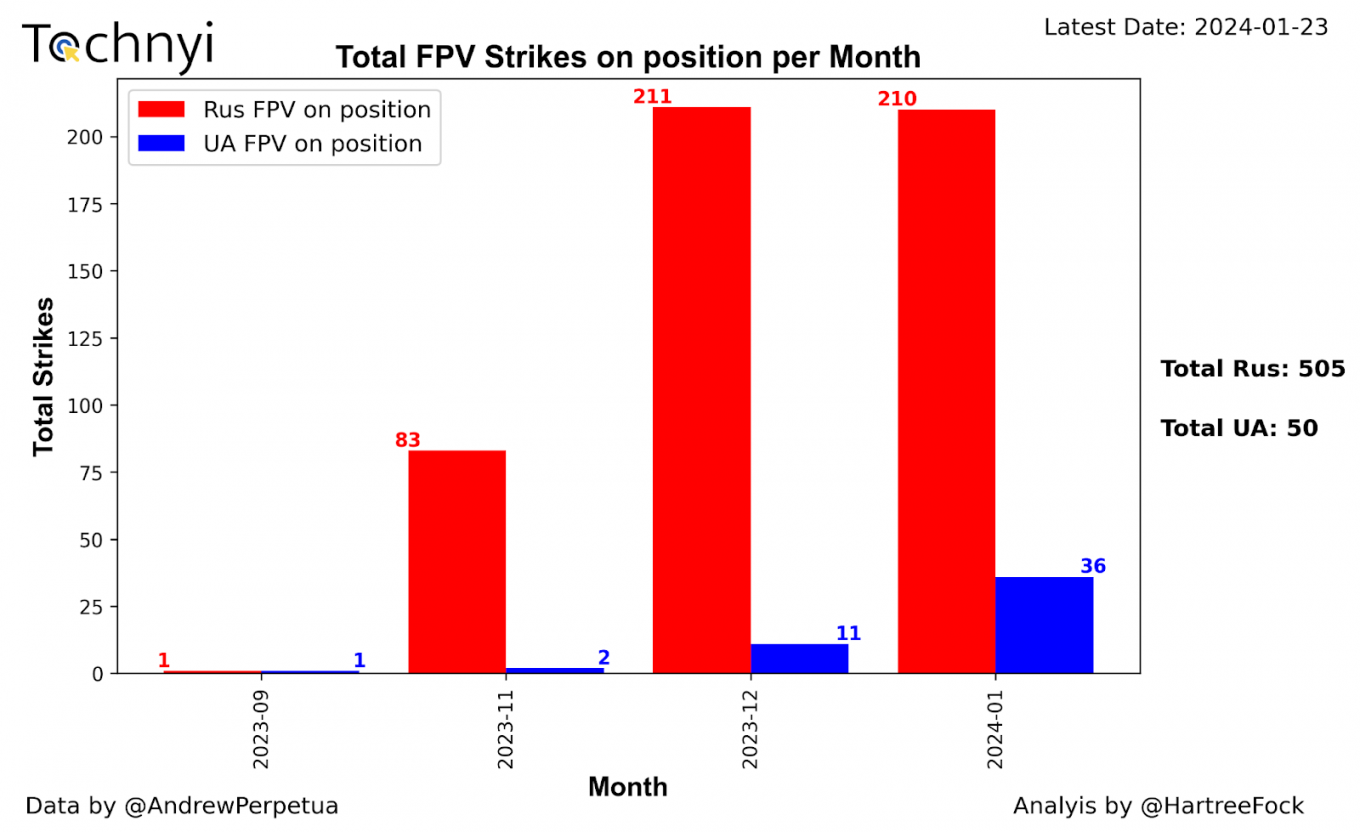
Notable is the experts' perspective on how FPV drones have changed the modern battlefield: "While trenches once offered protection from shelling, the introduction of FPV drones, including the threat posed from drone-dropped munitions, has drastically changed the level of protection which trenches offer to infantry."
The overall conclusion drawn by analysts from Tochnyi.info is that currently, Ukraine has a slight advantage in the use of FPV drones on the battlefield (3,886 vs. 2,889) but if the situation does not change, russia may catch up in a few days:
"This highlights the necessity for Ukraine to increase its own manufacturing output and use more advanced systems to stay ahead in a technological race in which both sides had started at the same technological level," the authors note.

Earlier Defense Express reported that the President of Ukraine Volodymyr Zelenskyi announced the plans to produce one million FPV drones in 2024. Among other things, these attack drones should cover for the shortage of artillery ammunition in the Defense Forces of Ukraine.
The full article by Tochnyi.info is available here. Keep in mind that the figures are based on open-source materials and don't show the entire picture, the citations are provided for the sake of discourse.
Read more: russian Forces Intensify Use of Drones in Southern Ukraine




